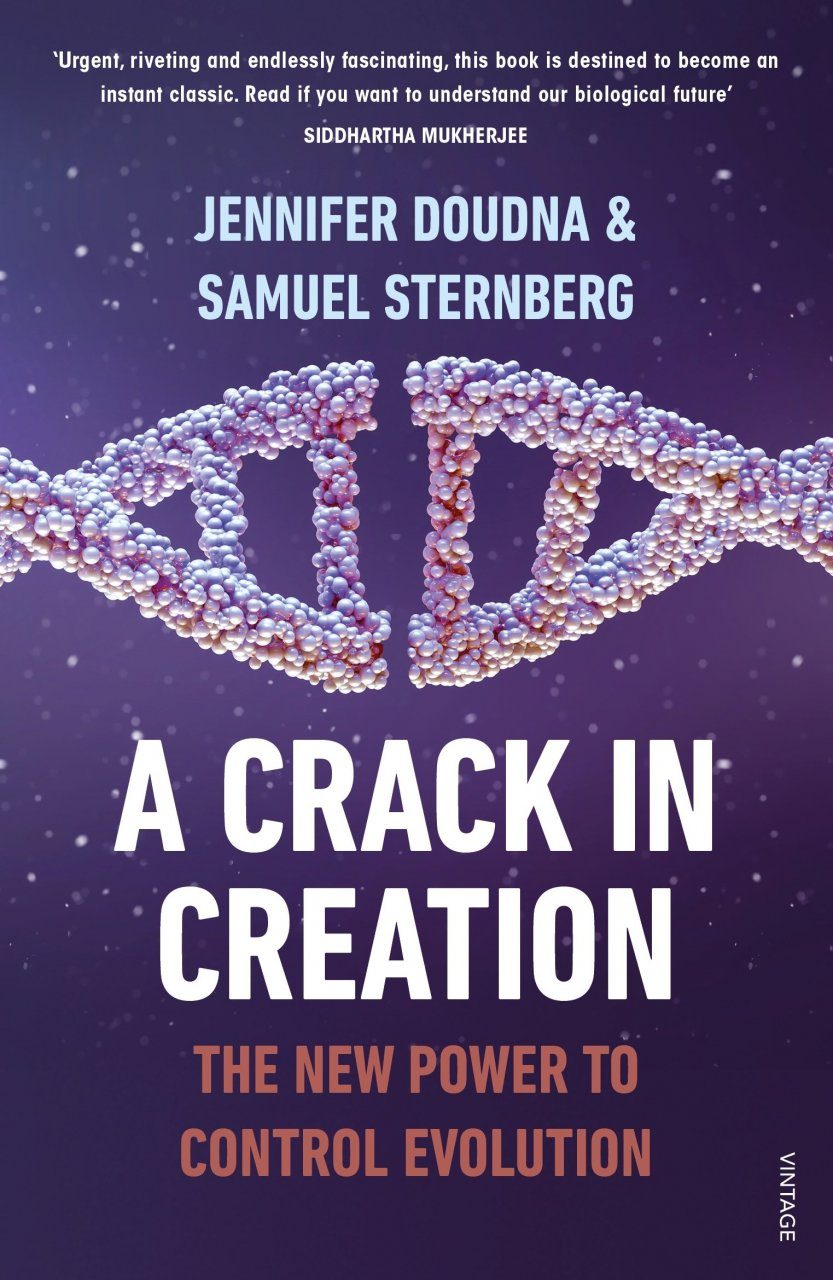I've read the same book than Diane Coyle this summer. If you want a clear understanding of what's going on in genomic editing, it should be your first choice. A crack in creation is a description and analysis by Jeniffer Doudna the main researcher on the topic. For those that are excited by genome editingit is good to read this statement:
It’s easy to get caught up in the excitement. The fact that gene editing might be able to reverse the course of a disease—permanently—by targeting its underlying genetic cause is thrilling enough. But even more so is the fact that CRISPR can be retooled to target new sequences of DNA and, hence, new diseases. Given CRISPR’s tremendous potential, I’ve grown accustomed over the past several years to being approached by established pharmaceutical companies asking for my help in learning about the CRISPR technology and about how it might be deployed in the quest for new therapeutics.Therefore, caution is required and ethical implications are huge as I've said before.
But therapeutic gene editing is still in its infancy—indeed, clinical trials have only just begun—and there are still big questions about how things will progress from here. The decades-long struggle to make good on the promise of gene therapy should serve as a reminder that medical advances are almost always more complicated than they might seem. For CRISPR, too, the road leading from the lab to the clinic will be long and bumpy.
Deciding what types of cells to target is one of the many dilemmas confronting researchers—should they edit somatic cells (from the Greek soma, for “body”) or germ cells (from the Latin germen, for “bud” or “sprout”)? The distinction between these two classes of cells cuts to the heart of one of the most heated and vital debates in the world of medicine today.
Germ cells are any cells whose genome can be inherited by subsequent generations, and thus they make up the germline of the organism—the stream of genetic material that is passed from one generation to the next. While eggs and sperm are the most obvious germ cells in humans, the germline also encompasses the progenitors of these mature sex cells as well as stem cells from the very early stages of the developing human embryo.
Somatic cells are virtually all the other cells in an organism: heart, muscle, brain, skin, liver—any cell whose DNA cannot be transmitted to offspring.
Highly recommended.
